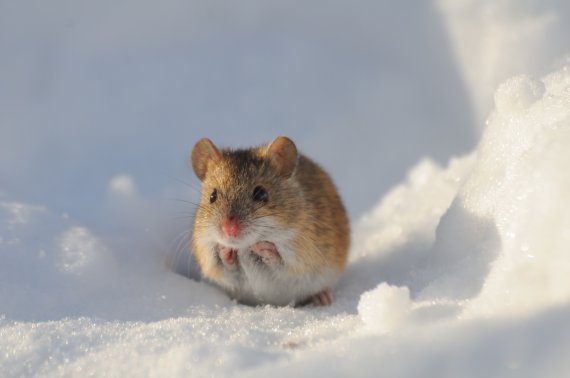©Shutterstock
The bodies of mammals contain two kinds of fatty tissue: white fat and brown fat. White fat primarily stores calories, while brown fat cells convert the calories in the body into heat. To generate this heat, the brown fat cells use the protein UCP1. The body can adapt to extended periods of cold by making extra brown fat cells in the white fat tissue.
‘Until now it was thought that this was reinforced by the protein FGF21,’ says Evert van Schothorst of the Physiology of Humans and Animals chair group. ‘Scientists see this protein as a key factor in the development of a treatment for overweight and diabetes, which is related to it. More brown fat ensures that the body starts burning energy, and therefore not storing it as fat. But it appears from our study that this protein is not absolutely necessary.’
In this study, published in Cell Metabolism, the researchers looked at heat regulation in mice exposed to cold over a long period. Through an adaptation to their genes the mice no longer made one or both of the proteins UCP1 and FGF21. Van Schothorst: ‘We had expected things to go very badly for these mice. But it turns out that the mice which lack one or even both of these proteins have an alternative mechanism for keeping themselves warm and maintaining their weight.’ It turned out that the white fat tissue has another way of generating heat without UCP1. Even more remarkable was the fact that brown fat cells appeared in the white fat tissue, even when there was no FGF21 protein. Whether this applies to humans too, Van Schothorst is not sure. That should become clear from follow-up research.

